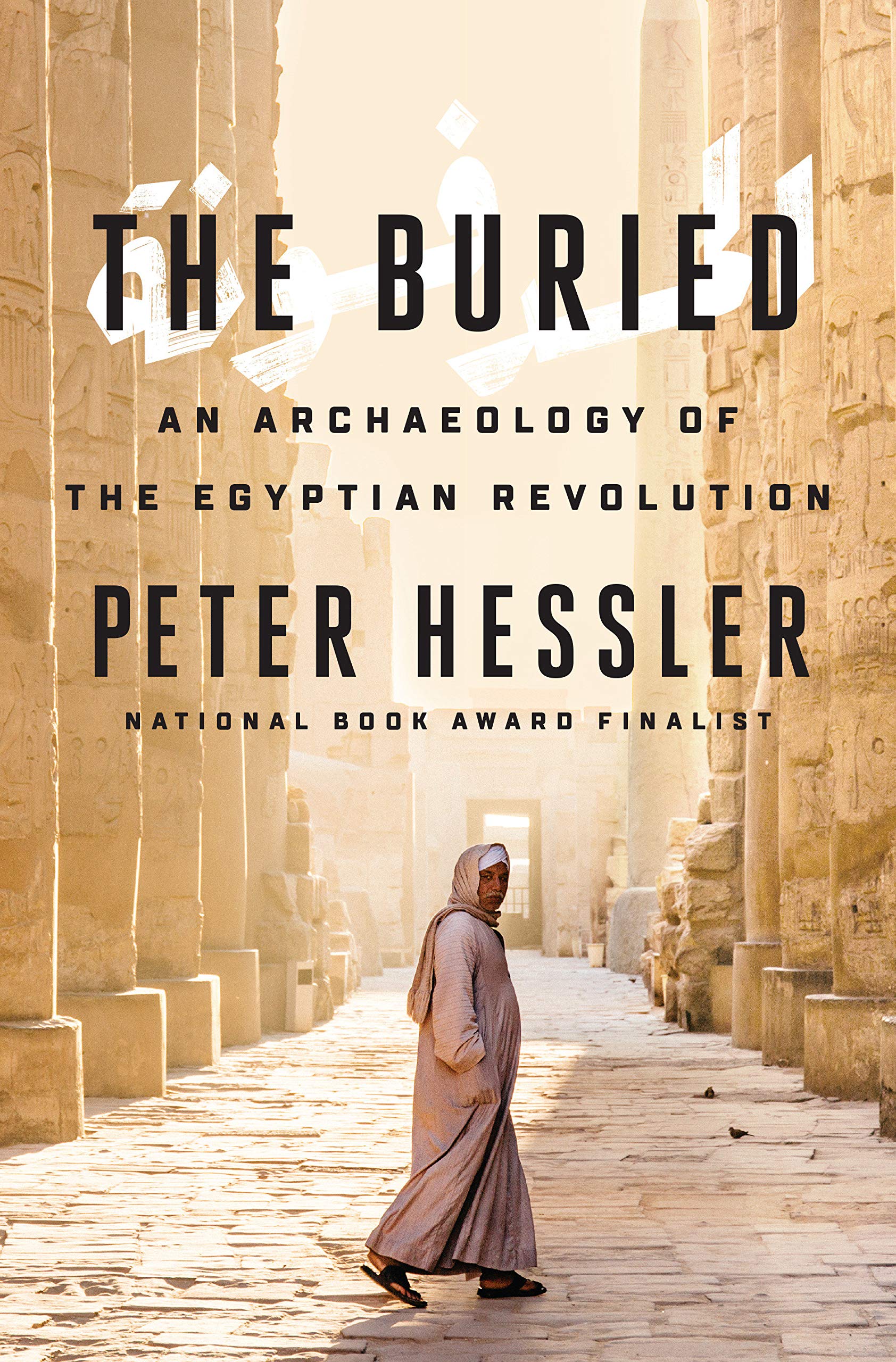The Buried: An Archaeology of the Egyptian Revolution by Peter Hessler (Penguin Press)
Peter Hessler excavates political and cultural landscapes in Egypt in the mid- to waning days of the Arab spring, and he roots as deep as the archaeological dig that begins the book. His negotiations of this terrain accrue through slow and careful circumnavigation of the unspectacled events of the broader revolution and catalogs how its concussive movements affect ordinary people living within its reverberations and outside the periphery of power that the revolution targets. Those living in the margins manifest in Sayyid, the garbage collector Hessler befriends. Through Sayyid, we find the center of this story and of life itself: how the things we throw away offer insight into the garbage makers of the world, and how such inequalities (those who dispose and those who are disposed of) are laid bare. In fact, Hessler is an archaeologist all his own, acting as witness to the smaller human moments in isolated places of no tenable or fiscal concern that we often miss amid the din of bigger headlines and tragedies.
The curiosity and empathy he employs, as well as the liminal space in which he operates, (as a non-Arab) allow Hessler to observe and record across social class and across genre. In that movement, he shows the past is not past, even in a city as ancient as Egypt where traditional cultural structures clash with open-mindedness and that human gesticulations will always be improvised, unpredictable, and performed in an endlessly repeating present, which strikes to the heart of what Hessler maintains: that humans indeed are complex and contradictory and live their lives even if historic contractions are happening all around them.
While Hessler notes average ancient Egyptians eschewed written records, thankfully, Hessler has left a memorable and significant one that conveys a humanity beneath the inhumanity of humankind.
— Kerri Arsenault



